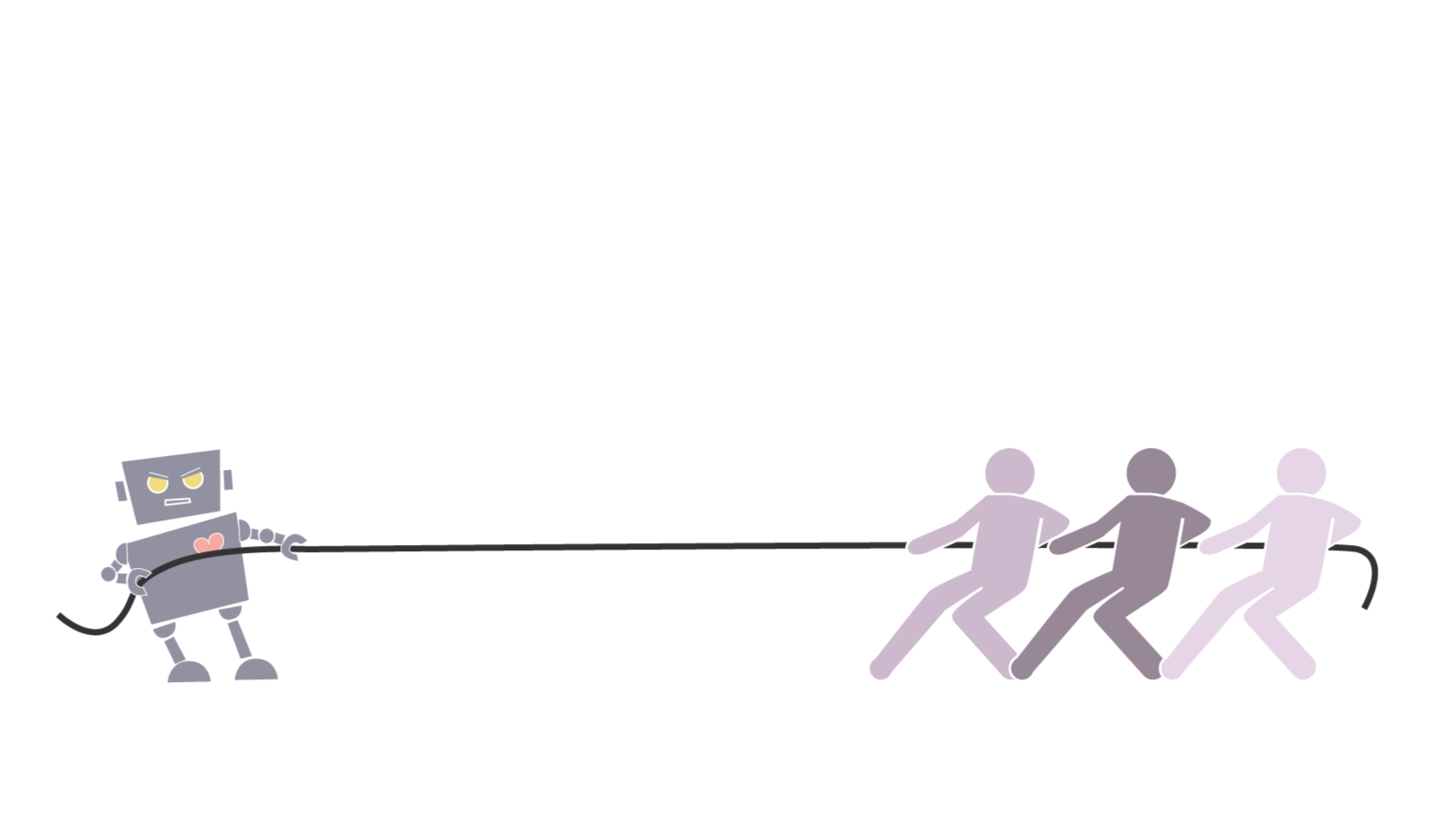Visualization and Automation in Data Science: Exploring the Paradox of Humans-in-the-Loop
Jen Rogers - Tufts University, Boston, United States
Mehdi Chakhchoukh - Université Paris-Saclay, CNRS, INRIA, Orsay, France
Marie Anastacio - Leiden Universiteit, Leiden, Netherlands
Rebecca Faust - Tulane University, New Orleans, United States
Cagatay Turkay - University of Warwick, Coventry, United Kingdom
Lars Kotthoff - University of Wyoming, Laramie, United States
Steffen Koch - University of Stuttgart, Stuttgart, Germany
Andreas Kerren - Linköping University, Norrköping, Sweden
Jürgen Bernard - University of Zurich, Zurich, Switzerland
Room: Bayshore I
2024-10-13T16:45:00ZGMT-0600Change your timezone on the schedule page
2024-10-13T16:45:00Z

Fast forward
Abstract
This position paper explores the interplay between automation and human involvement in data science. It synthesizes perspectives from Automated Data Science (AutoDS) and Interactive Data Visualization (VIS), which traditionally represent opposing ends of the human-machine spectrum. While AutoDS aims to enhance efficiency by reducing human tasks, VIS emphasizes the importance of nuanced understanding, innovation, and context provided by human involvement. This paper examines these dichotomies through an online survey and advocates for a balanced approach that harmonizes the efficiency of automation with the irreplaceable insights of human expertise. Ultimately, we address the essential question of not just what we can automate, but what we should automate, seeking strategies that prioritize technological advancement alongside the fundamental need for human oversight.